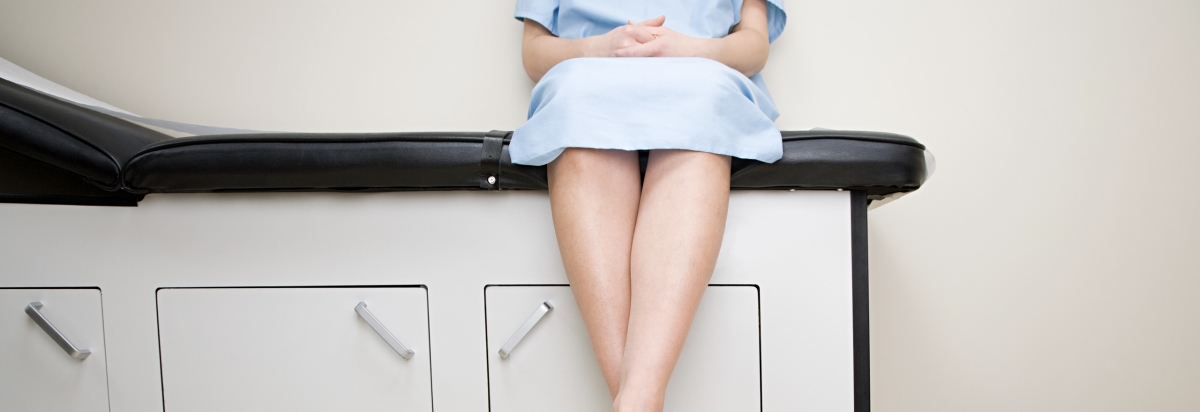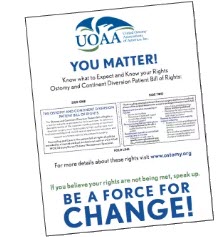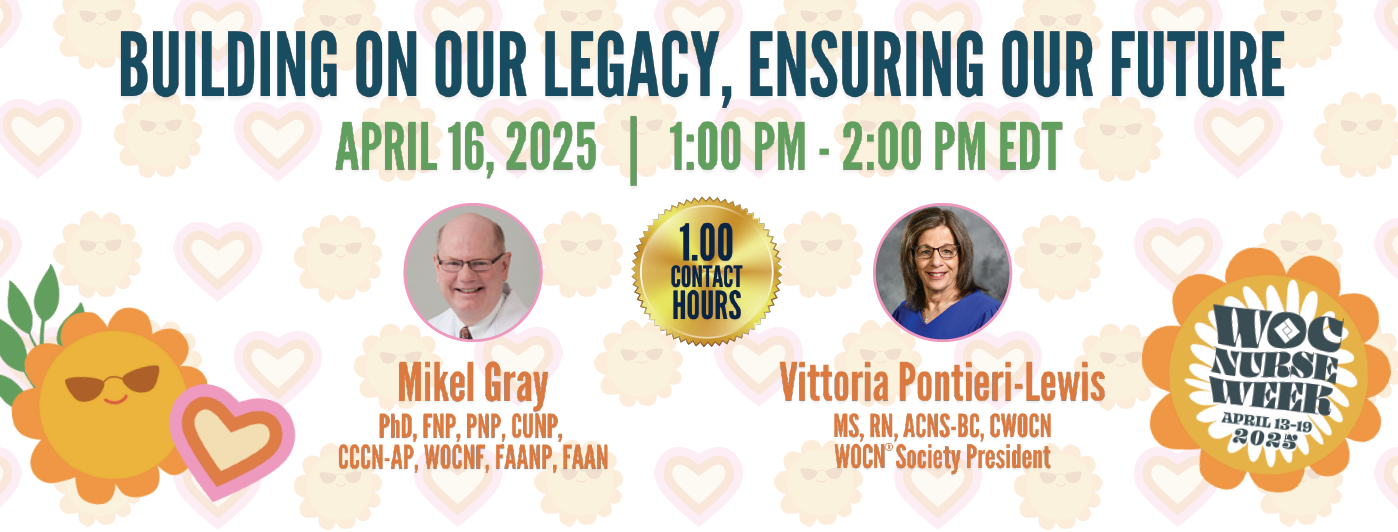Ostomy and Continent Diversion Patient Bill of Rights
Act Today and Be a Voice for Change
Joanna J. Burgess BSN, RN, CWOCN
Management Board of Director for the UOAA and Advocacy Chair
Today, as you read this, hundreds of ostomy patients across the country are struggling to find adequate help. There are not enough ostomy nurses and not enough outpatient ostomy services to meet the demand of this underserved population, which to date is estimated to be 725,000 to 1,000,000. This is my story, and this is how you can become involved and raise your voice to make a difference in the lives of this vulnerable population.
The new year had just turned in January of 1966, when my family was getting ready to bring me home from Boston Children’s Hospital. I was just three years old and had a new urostomy after a cystectomy for rhabdomyosarcoma of the bladder. My father remembers the blatant fear in the discharge nurse’s face as she handed my father a small brown paper bag of ostomy supplies and fumbled through them not knowing how to use them herself. It was a four-hour drive home from the hospital. My father described his feelings, mixed anxiety with fear and determination, as he stopped at a gas station on the way home to rummage through the supplies until he found a phone number–which happened to be for the company Torbot. The owner of the company explained that he himself had an ostomy and would show my father how to use the supplies. We made a detour to Rhode Island, met with Torbot and my father had his first and only lesson in caring for my ostomy. Over the years, I learned how to master what my father had mastered; putting a seven-piece pouching system together with thick elastic bands and ultimately gluing it to my body. My father, at age 86, is still haunted by how hard that pouching system was. When I gave my first lecture as a new WOC nurse to nurses caring for ostomy patients, my father had me vow that I would tell this story and help nurses to never be afraid to care for someone with an ostomy.
I was honored to be elected to the United Ostomy Associations of America (UOAA) Management Board of Directors in July of 2015, and truly felt like I was called to Chair their newly formed advocacy committee. I knew that I had struggled growing up, feeling alone and not knowing anyone to turn to for assistance; not only for the physical but emotional challenges I faced as well. Joining UOAA helped me to see more clearly that despite our modern era of ostomy care, including well-made products and ostomy nursing established as a profession–now celebrating 50 years, patients continue to struggle. In 2017, the UOAA office received over 1,300 calls from people needing assistance. Calls ranged from seeking support on how to find help for ostomy related problems to questions concerning insurance issues.
As a UOAA board member, Great Comebacks Award recipient and WOC nurse working both in acute care and outpatient ostomy care, I have had the opportunity to speak with hundreds of patients across the country living the ostomy experience. Most patients will experience stoma or peristomal skin problems ranging from minor to severe. All patients will experience the emotional impact of the ostomy; from simple trepidation as they adapt to their new life to fear, anxiety and depression. If you are an ostomy nurse, I believe it is your obligation to know what these patients face once they leave your care. These are the experiences that drove me into the six-year pursuit of starting an outpatient ostomy clinic affiliated with my acute care center. Not an easy task, but I had the support from my supervisor and administration and we opened the clinic to the community. In my small, one-day-a-week clinic, it is not uncommon for someone to arrive with a towel wrapped around their stoma due to the inability to keep a pouching system on; it is not uncommon for someone to arrive in tears; it is not uncommon for a loved one to wait in the waiting room because they “just can’t look.” But what isn’t uncommon enough is hearing the words, “death would have been better than this.” If this is happening in my small community – what is happening in yours?
It is crucial for you to understand that healthcare delivery for people living with an ostomy or continent diversion across the United States is not equal. There are geographic areas well served by nurses like you who have been trained in ostomy care, but there are also many areas where this is not the case. Additionally, ostomy care is not equal from facility to facility. People may receive care that meets quality standards in one facility, but once transferred to another facility receive little or no care. We are aware of the lack of ostomy nurses in home and outpatient ostomy care. It is a lot to digest and, when faced with a problem so significant, it’s natural to want to turn away and find a less daunting problem to attack. I was spinning in the magnitude of this problem, which I feel is a crisis in this country, when at a UOAA Board meeting; Advocacy Manager Jeanine Gleba suggested that the Advocacy Committee’s top priority should be updating the Ostomy and Continent Diversion Patient Bill of Rights. The Bill of Rights was first created by the former UOA in 1972. My first reaction was, ‘Why? We don’t have enough ostomy nurses to provide these services. Honestly, I was perplexed by the suggestion. We don’t even have enough ostomy nurses to provide fundamental care to the entire ostomate population. How could we possibly provide the full service set forth in the Bill of Rights? However, after pondering the idea for several weeks, my advocacy light finally lit up and I realized that restructuring these patient rights could actually be the force for the needed changes. The committee came together and reached a consensus to move forward with Jeanine’s suggestion to revise the Ostomy and Continent Diversion Patient Bill of Rights. Over the next three months or so, the revised Bill of Rights was developed and finally republished in the Summer of 2017.
The newly revised UOAA Ostomy and Continent Diversion Patient Bill of Rights (PBOR) provides details of the care people with an ostomy should expect to receive initially and over their lifetime. It calls for healthcare professionals who provide care to people with ostomies to be educated in the specialty and to observe established standards of care. It is meant to be used as a tool for patients and the medical community. UOAA believes this could be a powerful tool to guide patients and families to be active partners in their care and to ensure the best outcomes. It is also a powerful tool meant to inspire ostomy nurses to be advocates and to inspire excellence in themselves, their teams, and their organizations. Our role as specialty nurses is multifaceted,holistic and must include advocacy. We must be a voice on behalf of our patients to ensure they are receiving optimal care and to encourage them to be self-advocates. Your voice matters in creating educational tools for patients, in creating outpatient ostomy clinics and in ensuring this underserved population is recognized and cared for. UOAA invites you to review the newly revised Ostomy and Continent Diversion Patient Bill of Rights (PBOR) and its accompanying tool, Practices for Ostomy Nurses to Utilize and Support Ostomy and Continent Diversion Patient Bill of Rights.
I am pleased to say that the response to the new PBOR and accompanying tools, by healthcare organizations, professionals, industry and the ostomy population across the country, has been enthusiastic. The clamor for more access to care is louder and louder. The time is right to effect change. I believe that in this new era of blogs, newsletters, discussion boards, and social – social media,our profession has the best opportunity in its 50-year history to create change. My father would be pleased to know that the future looks hopeful. There are now many nurses who are not afraid to care for someone with an ostomy and there are advocates creating better lives for ostomy patients. 50 years ago, our profession started as enterostomal nurses… let’s embrace our origins. Let’s work to increase access to care. Let’s find a way to get an ostomy clinic in every community. Switch your advocacy light on; together we can make it happen.



